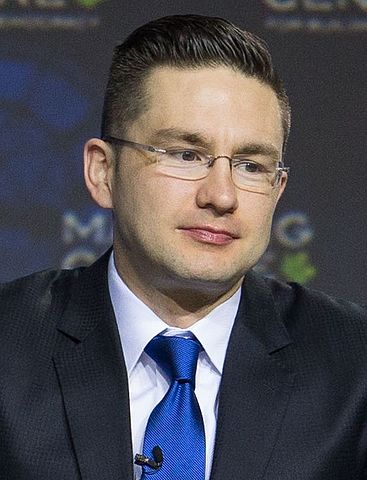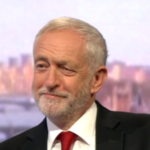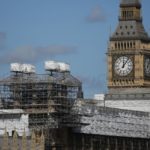
British politics at the moment is quite chaotic, we’ve gone through four Conservative Prime Ministers, with the last only standing for six weeks. This situation, however, is surprisingly not unusual, at least it’s not unusual that a Conservative party is constantly shuffling around leaders. One of the contemporaries of our own struggle in this regard is that of the Canadian Conservative party.
The Canadian Parliament at the moment is roughly equivalent to the 2010-2015 coalition government in terms of parliamentary make-up, if the coalition was left-wing instead. The left-wing ‘Liberal’ party of Canada has the largest number of seats, but only technically forms a ‘minority government’, ever since they lost their majority in the 2019 election. Therefore, the Liberals get their legislation through with the help of the medium-sized party, the New Democratic Party (NDP), who are further to the left of the Liberals on many issues and are about the same size as the UK Liberal Democrats were after the 2010 election.
The Conservative party of Canada, on the other hand, is the second largest party in parliament, but hasn’t been in government since Steven Harper lost his reelection bid for Prime Minister in 2015. Since then, the Canadian Conservative party has gone through a further three leaders who were, respectively, Andrew Sheer (2015 – 2019), Erin O’Toole (2019 – February 2022), and finally the current leader, Pierre Poilievre (September 2022 – Now).
Poilievre became party leader because many within the party believed Erin O’Toole to be too left-wing. O’Toole had tried to move his party more to the centre/left after the failure of Andrew Sheer in the 2019 election, however, he was largely resented for this and his pro-choice position put him in a precarious position within his party. Furthermore, he was generally more pro-environmental policy than his party constituents – in this way, he can kind of be considered as the Canadian Boris Johnson. This instability all came to a head when in the early months of this year the so-called ‘Truckers Protest’ occurred, wherein many truckers drove into the capital of Ottawa, parked their trucks in the middle of the road and continuously honked. This protest was against the new rules passed by the Liberal government to implement a vaccine mandate, and other such lockdown measures, for all truck drivers going across and coming over the Canadian border; this was to be done through a government-created app. The protest’s controversial nature mobilised many within the Conservative party to their support, and after O’Toole didn’t seem enthusiastic enough about the protest he was unceremoniously shoved out of the position of leader by MPs, and a new leadership election was then called.
Poilievre has presented himself as being a more of an internet/online-savvy conservative, by actively marching his party against much of the Liberal party’s COVID restrictions and their economic policy and can often be seen to be quoting Conservative philosopher, Edmund Burke, in debates in the Commons. Poilievre has been attacking the so-called “costly coalition” of the Liberals and the NDP, as having caused the high inflation that Canada is experiencing with high government spending and high taxes.
Poilievre can clearly be seen to have many parallels with the former Prime Minister Liz Truss. They are both candidates who bill themselves as more ‘ideologically pure’, who would bring in the new true era of the free market, and with this reasoning, resist extensive environmental policies. Poilievre is very popular among the Conservative base, and though he has not yet been tested in a federal (national) election, polls do show that his opponent, Justin Trudeau, is not having a good time in terms of approval, according to Morning Consult, with over 50% of Canadians disapproving of him and a further 62% saying that the country is on the wrong track generally. Additionally, in recent elections, the Conservative party leader has won the popular vote in Canada. Poilievre has also advocated that Canada expand use of its extensive oil sands in the province of Alberta, primarily to improve its energy independence and security, something new Prime Ministers of the UK seem to also agree with.
The main difference between the UK and Canada seems to be how receptive the general public are to this message. Whereas in Britain the Conservative party is being barraged for the economic crisis, in Canada, it is obviously the Liberal Party. The Conservative party in Canada has managed to quite successfully capitalise on the failures of the Liberal government, and with Poilievre seeming to be a real bulldog and a scrapper in politics, he may just be able to beat out the incumbent left-wing Prime Minister. This is certainly not true of the Conservative party in Britain, who have failed to maintain an ounce of stability and seem on the edge of collapse. So, it seems that despite the many parallels, the Canadian Conservatives seem on the up, whereas the Conservative party in Britain seems on the decline. Yet, the Canadian party may offer a model for what to expect for the years of a Conservative party in opposition that is seemingly swiftly approaching us.



Average Rating